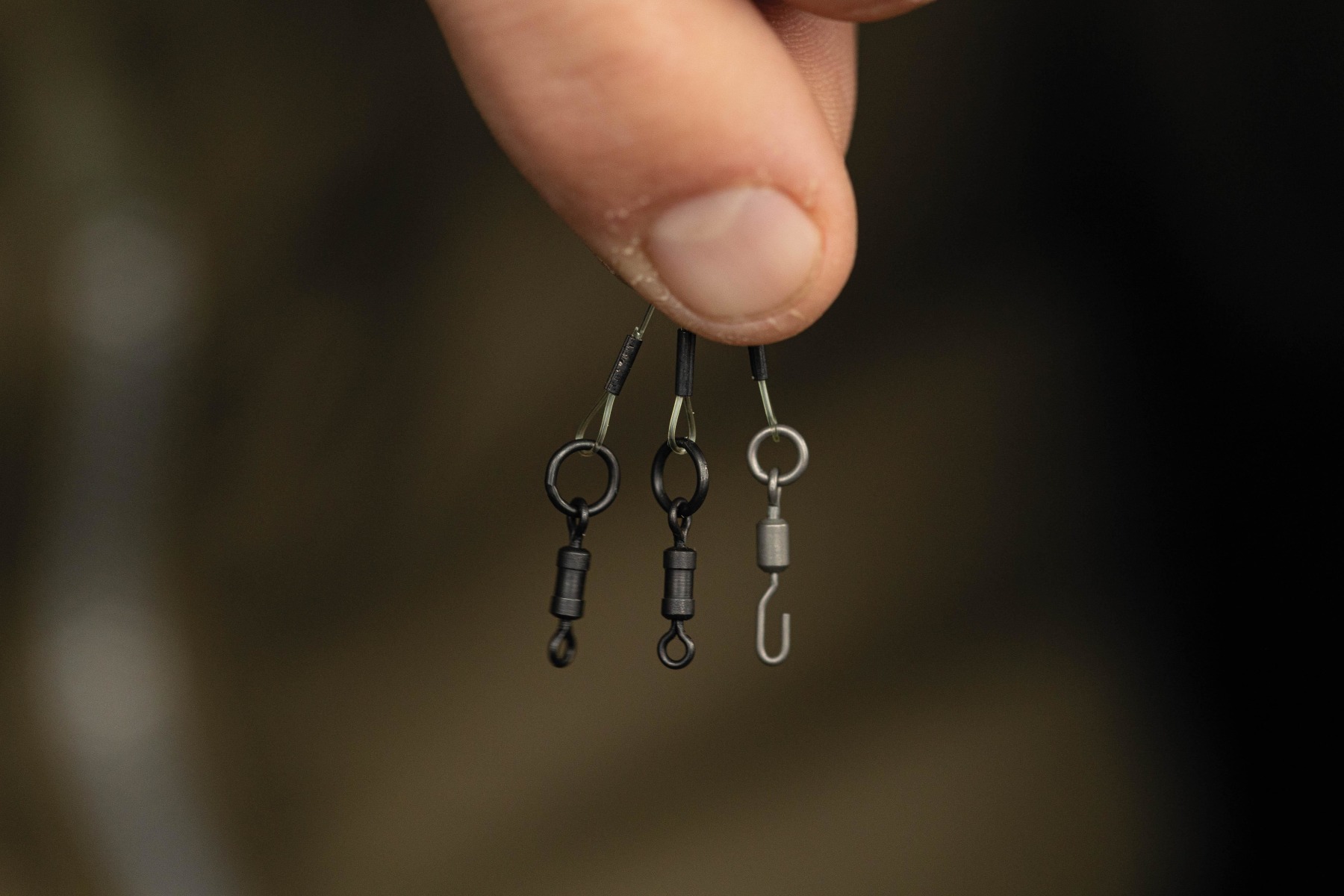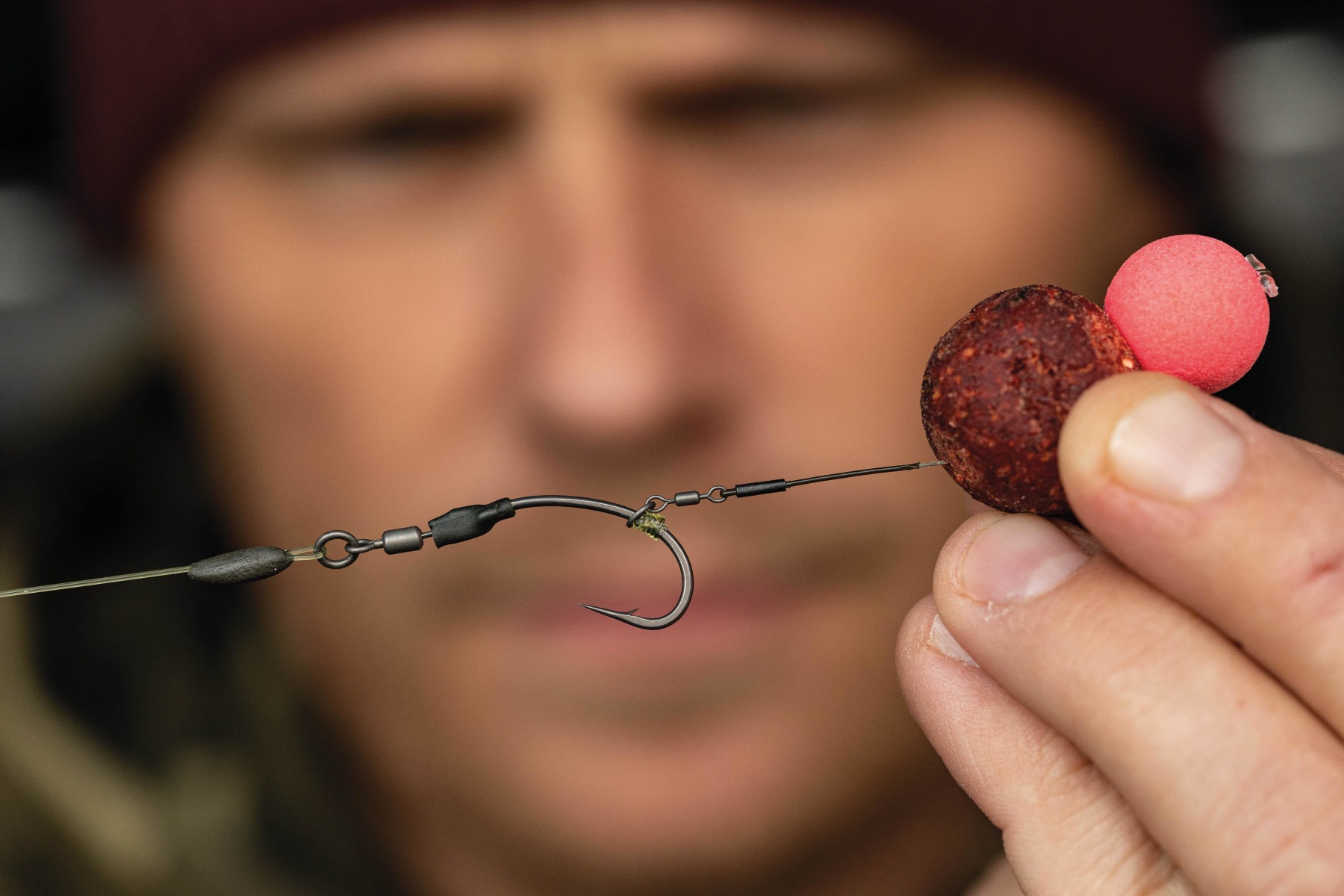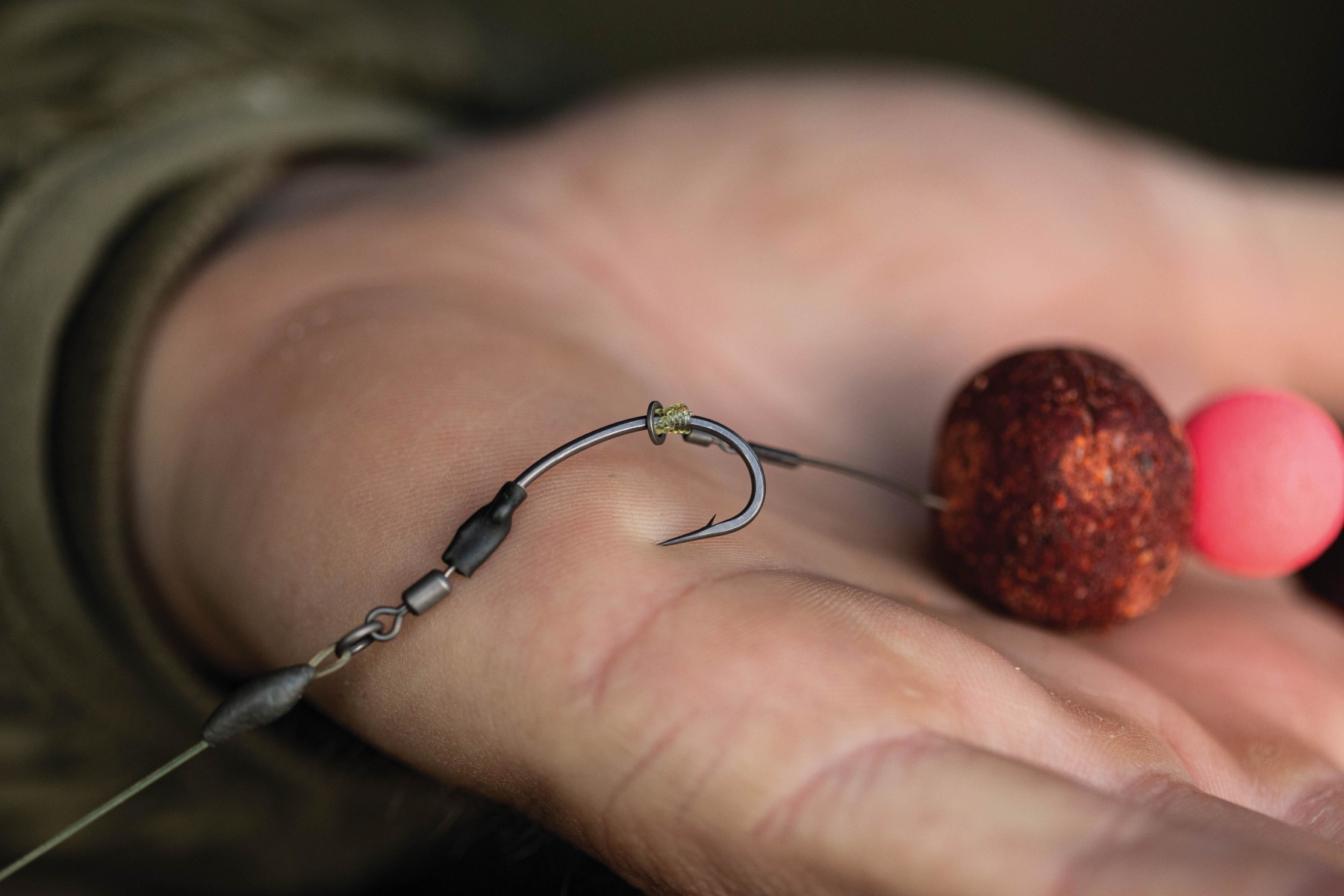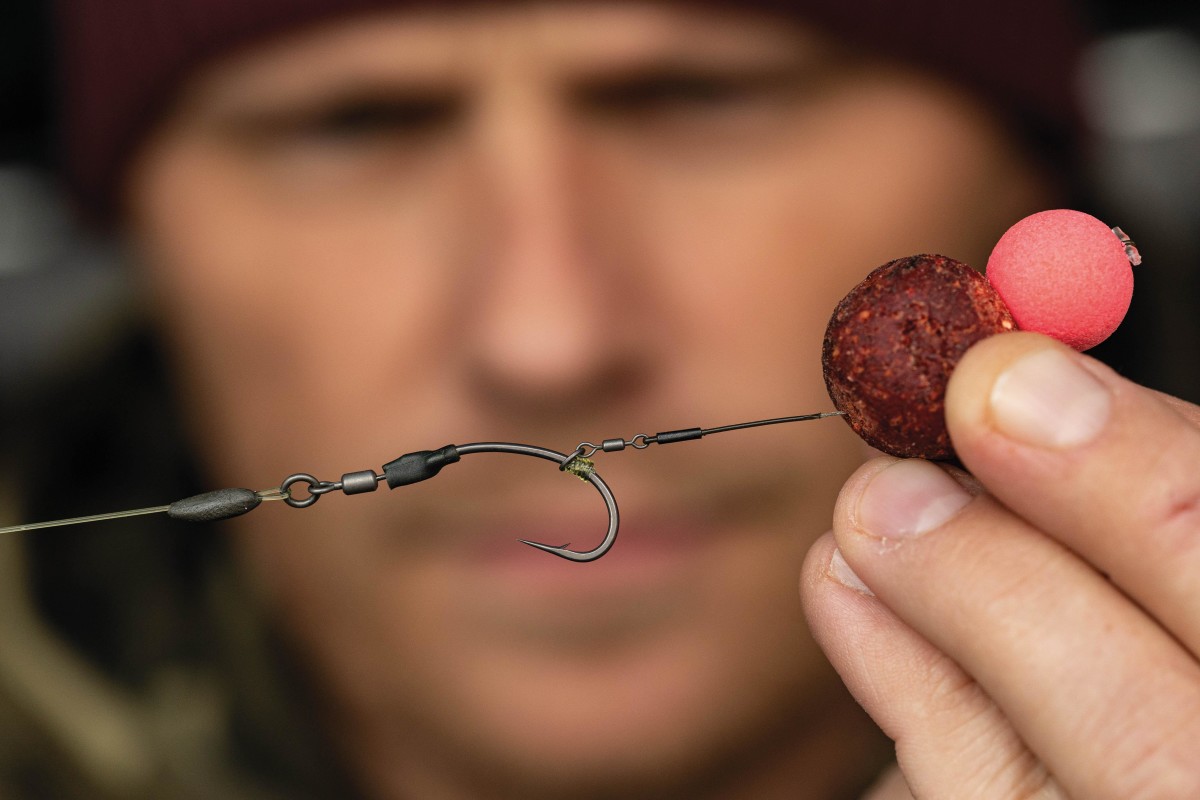
Hairs With A Difference
Czech carper, Jindra Uhlík, explains how he’s modified the D-Rig to suit his style of angling, and fish of his homeland...
I used to like the classic, all-fluorocarbon D-Rig, but I found that it didn’t function well. Often, the hook wouldn’t find a firm hold in the carp’s bottom lip. Consequently, I now use the method I’ll describe, which for me, has proved to be very successful. Our state waters are heavily stocked with small carp, and after I’d extended the length of the Hair, the set-up became much more selective. In an effort to single out the bigger specimens, I also use boilies of large diameter. If necessary, I’ll not hesitate to use 28–30mm hookbaits.
Regarding Hair lengths, most often, I start fishing with 1.5–2cm of line between hook and bait, as this has worked best for me. My favourite hook pattern is the Korda Kurv Shank. I favour 2s or 4s for bottom baits and no longer use smaller sizes. I used to use size 6s, but my ratio of lost fish to those I hooked was worse than it is now. When I use a size 2, I place the hookbait—usually 24mm—closer to the bend of the hook. A big hook, I find, doesn’t allow the fish much room to rid itself of it. I use the smaller size 4s most often with a 20mm hookbait, or when fishing a Snowman Rig. The length of line between hook and hookbait will be a little longer, at around 3cm. Should the fish not respond, I’ll try different rig lengths and hook sizes, and I’ll shorten the Hair length and have a narrower gap between the hook and the hookbait—when things aren’t working, it’s good to change something as you try to react to the situation.
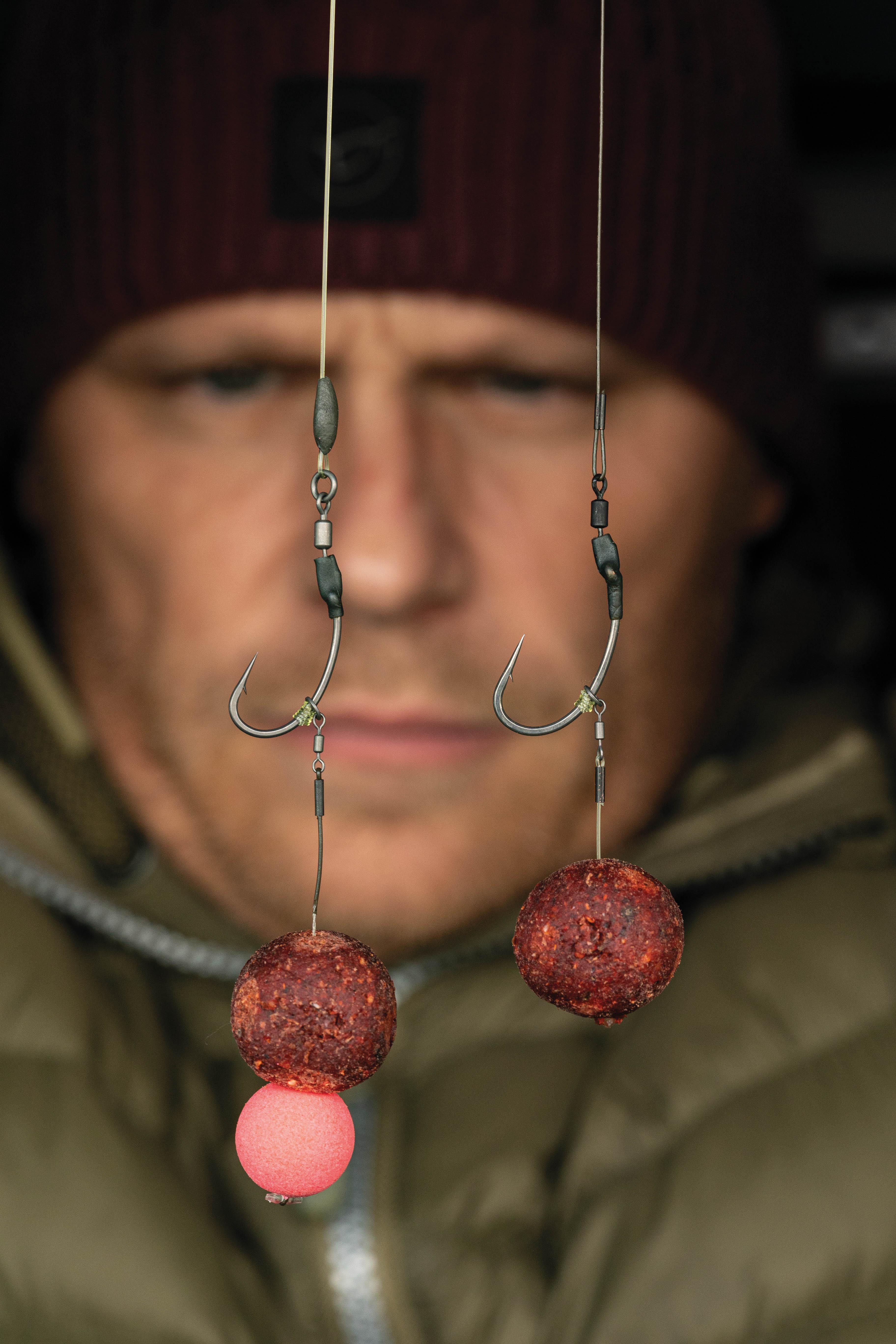
Balanced Bottom Baits
The rig I now favour can be used for various types of offerings. For a balanced bottom bait, I use a stiff material that won’t restrict the movement of the hookbait. The only adjustment I make when using it with a balanced hookbait is to shorten the Hair so that there’s only 0.5–1cm of line between the bait and the size 2 hook. I use a different braid material for the Snowman Rig, most often 20lb Korda Hybrid Stiff Coated Braid. This is also very stiff, but I strip the outer coating just below the hookbait, under which is a fine, soft braid. This ensures that the hookbait stands up as it should with the Snowman Rig.
Bottom Baits
For boilies fished on the bottom, and for balanced hookbaits, I construct my Hairs from Korda Boom Fluorocarbon in 0.45mm. For Snowman Rigs, as mentioned, I use Korda Hybrid Stiff Coated Braid. The stiff braided material can, of course, be replaced by fluorocarbon or monofilament. Beware, however, as some materials will kink and lose their shape after a take, and the line cannot be straightened again. Boom has no memory. You will, therefore, always be able to straighten it, and your hookbait will continue to be presented correctly.
These materials have substantial diameters, so when you form a classic knot for your bait stop, or for the micro swivel, it’ll be quite bulky. This will damage the hookbait as it’s pulled through it, and it will often break apart. You will also have an untidy end to your set-up. This can be resolved by the use of crimping pliers. By crimping, you’ll create a nice clean joint, with a thinner diameter. Your hookbait won’t be damaged, the whole rig will look neater, and it will function better. The fact that the whole presentation is constructed with stiff materials lends itself to long casting, as it shouldn’t tangle. I always have a small selection of Hairs of varying lengths ready in the rig box, and can quickly redo the whole system, should I require a longer or shorter one.
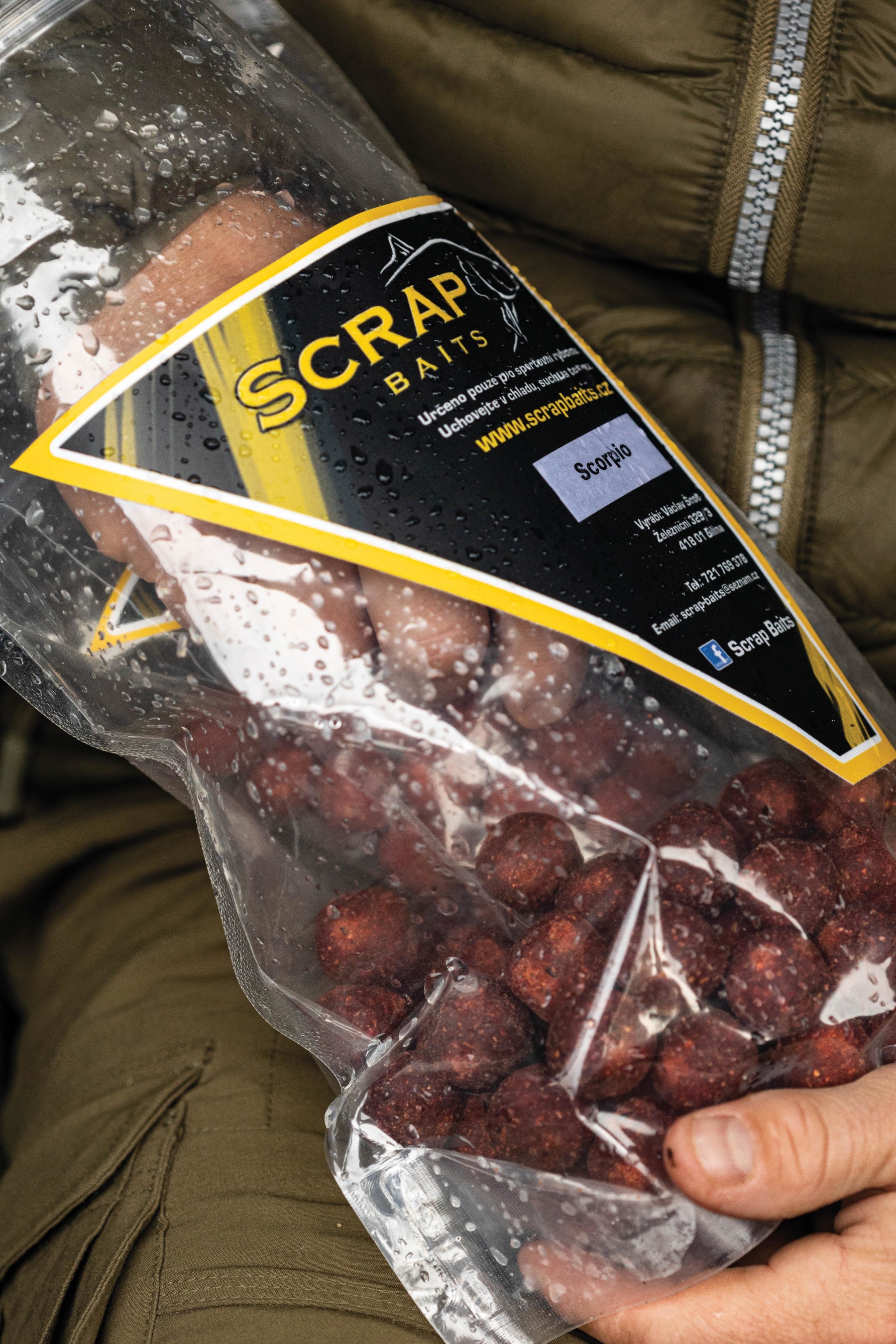
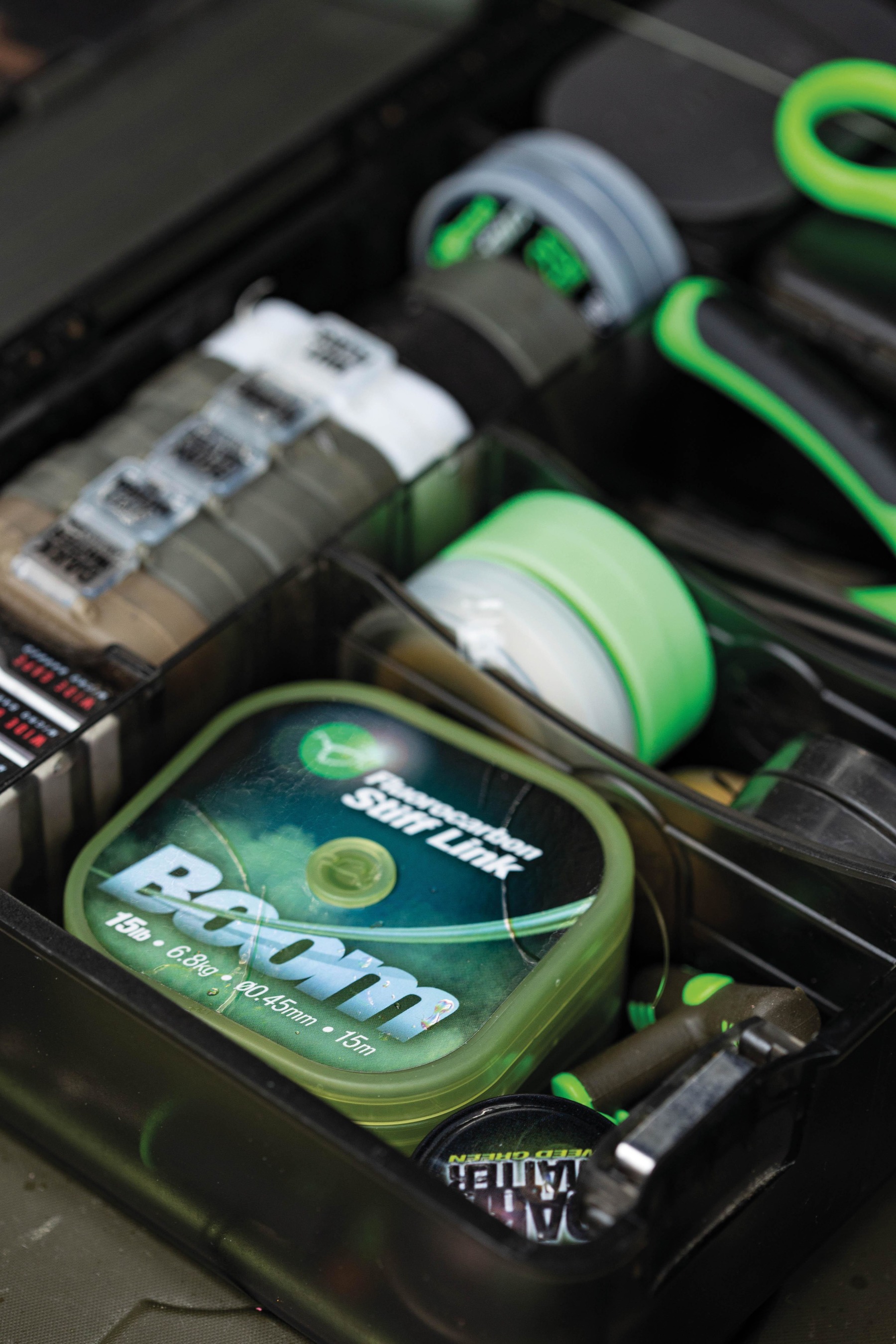
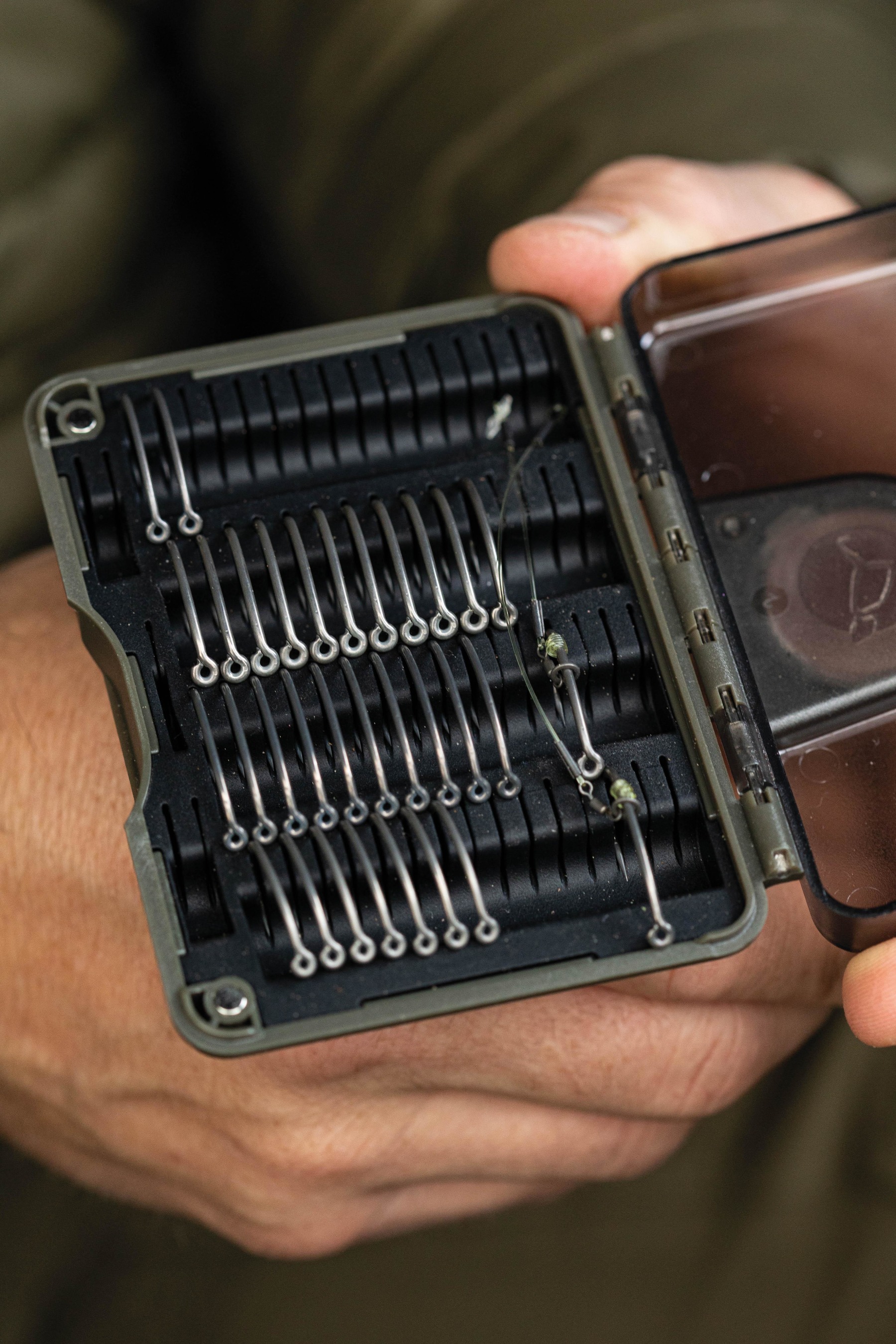
Hook Beads… Or Not
I don’t use regular rubber beads when casting big, heavy hookbaits, as they won’t hold the Hair in the ideal position. The hook bead can move down to the bend of the hook, should you put any force into your cast, and as a result, the rig won’t function effectively. As a result, I’ve come up with an alternative option. I use 15lb Korda Boom and form a Whipping Knot. Whilst strong, it is also flexible. When tightened to the shank of the hook, it locks perfectly and holds as though glued. I then tighten the knot using two pairs of crimping pliers, and trim the ends of the line close to the knot. I have tried Mouthtrap, but I found it too stiff, harder to work with, and it often cracked when tightened with any degree of force. I’ve also tried using two beads together, but the issue remained.
Others might consider using glue, but for me, that’s not an option. I don’t want the smell of the glue tainting my hookbait in any way. I use rubber beads mostly, when fishing for pop-ups. Given their weight and diameter, even when you cast hard, they won’t dislodge the bead, which remains in the ideal position. They’re also great for the type of fishing I do. You can also use rubber stops when using a boat to place your baits, of course.
